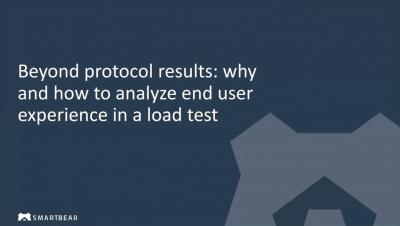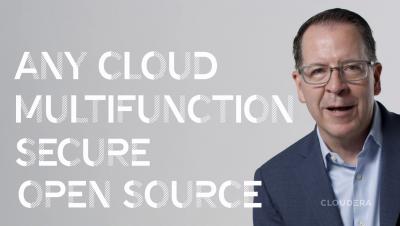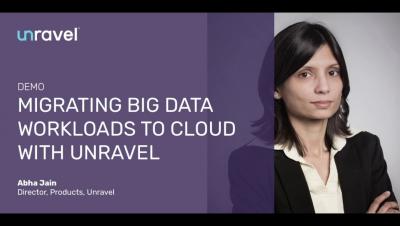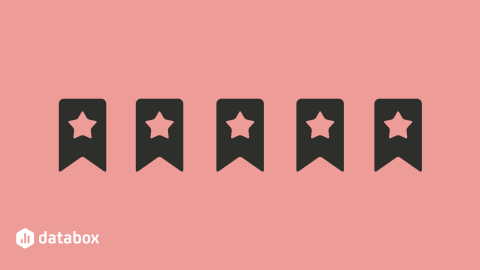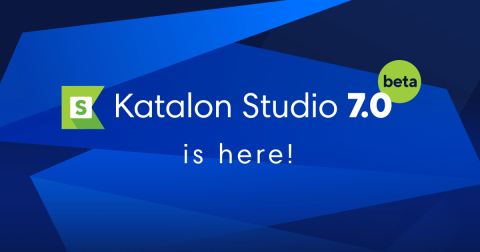Systems | Development | Analytics | API | Testing
%term
How to Optimize Data Pipelines Using Talend and intermix.io on Amazon Redshift
In the past few years, we’ve seen rapid adoption of a new data analytics stack, based on cloud warehouses like Amazon Redshift, Google BigQuery and Snowflake. This stack has three layers: Data Integration, Modeling Layer and Application Layer.
Why APIs hold the key to a killer customer experience
The term API – Application Programming Interface – refers to the set of communication protocols or rules which allow an application to access the features of, or data contained in, another operating system or program. APIs can make it possible for companies to build rich and accurate profiles of their customers by aggregating data about them from multiple computer systems, inside and outside the enterprise.
These Are the 35 Best SEO Blogs According to 127 Readers
The easy way to replicate Google Sheets to your data warehouse using Stitch
Suppose you have data in Google Sheets that you want to bring into your data warehouse to join up to other data for better BI. You could use Talend Cloud Integration, but you don't need to do complex transformations and you don't want to spend a lot of time. What about Stitch Data Loader? Stitch is a great ELT platform, able to move millions of rows from more than 100 data sources with just a few mouse clicks, but it doesn't provide a native integration for Google Sheets.
The implications of data privacy regulations on AI
Investment in artificial intelligence (AI) is growing, with 60% of adopters raising their budgets 50% year over year, according to Constellation Research. But working with AI under emerging privacy standards is complex, requiring a dynamic balance that allows for continued innovation without misstepping on regulatory requirements.
What is Open Source Middleware?
Middleware is considered by many as an old-fashioned term, but the function that it performs is more important than ever. With ever-growing amounts of data, applications, and systems in use throughout the enterprise, integrating them all and putting an end to data silos is becoming more important than ever before.
Katalon Studio 7.0 beta is here!
The beta version of Katalon Studio 7.0 is ready for trial. This version is developed with a whole new set of features, including desktop application testing, smart execution, and more. Katalon Studio 7.0 (beta) is a package of newly added features that are aimed at solving the common problems that occur in large teams. Refer to our release note to discover the improvements and bug fixes in this version.


